Understanding the Impact of High-Quality Cleanroom Filters on Manufacturing Yield and Efficiency
In an era where manufacturing excellence cannot compromise on purity, cleanroom filters emerge as pivotal assets in safeguarding product integrity and operational productivity. Journey through the transformative effects these components bring to manufacturing environments, highlighting their indispensable role in elevating yield and efficiency.
The Importance of Cleanroom Filters in Manufacturing
At the heart of manufacturing precision lies the undeniable importance of cleanroom filters. These components play a pivotal role in ensuring the controlled environments necessary for the production of semiconductors, pharmaceuticals, and biotech products. The underlying value of these filters stems from their ability to remove submicron airborne contamination that can compromise product quality, leading to heightened efficiency and reduced waste.
Beyond their fundamental purpose, cleanroom filters also contribute significantly to the longevity of equipment and the health of workers by maintaining a pristine manufacturing environment. This dual benefit not only ensures compliance with stringent regulatory standards but also fosters a culture of excellence and safety within the manufacturing sector.
How Cleanroom Filters Improve Manufacturing Yield
The correlation between cleanroom filters and improved manufacturing yield is irrefutable. By meticulously controlling the level of airborne particles, these filters diminish the risk of contamination, which is a leading cause of product defects. This improvement in product integrity directly translates to higher yields, as fewer products are rejected or require rework, streamlining the manufacturing process and maximizing financial returns.
Moreover, in industries where the tiniest particulate matter can have monumental repercussions, such as in semiconductor fabrication or pharmaceutical production, the importance of high-quality cleanroom filtration cannot be overstated. Through enhanced filtration technology, manufacturers can significantly reduce the instances of product failure, thereby not only boosting yield but also reinforcing brand reputation for quality and reliability.
Types of Cleanroom Filters and Their Efficiency
Navigating the myriad of cleanroom filter options requires an understanding of their types and efficiencies. HEPA (High Efficiency Particulate Air) and ULPA (Ultra Low Penetration Air) filters are at the forefront, with HEPA filters trapping 99.97% of particles larger than 0.3 microns, and ULPA filters capturing over 99.999% of particles larger than 0.12 microns. This distinction in efficiency levels makes them suited to different cleanroom standards, directly impacting air purity and, consequently, manufacturing quality.
Aside from these, there are pre-filters and activated carbon filters, each serving unique roles within a cleanroom's filtration hierarchy. Pre-filters act as the first line of defense, extending the life of HEPA/ULPA filters by capturing larger particles, while activated carbon filters target chemical vapors and odors, ensuring a broader spectrum of air purification.
The Relationship Between Air Quality and Manufacturing Efficiency
The interplay between air quality and manufacturing efficiency is evident in environments where even the smallest particles can halt production lines. Improved air quality, facilitated by advanced cleanroom filters, directly impacts the efficiency of the manufacturing process. Minimized downtime, enhanced equipment performance, and a safer working environment are just a few of the many benefits that translate into tangible improvements in operational efficiency.
This relationship also highlights the importance of opting for filters that not only meet but exceed industry standards. As manufacturing processes grow more intricate, the demands on air quality intensify, making the choice of cleanroom filtration a critical determinant in achieving unparalleled manufacturing efficiency.
Case Studies: Successful Implementation of High-Quality Cleanroom Filters
Empirical evidence underscores the impact of high-quality cleanroom filters through various case studies. One notable example involves a semiconductor manufacturer who, upon upgrading their cleanroom filtration system, witnessed a remarkable 30% reduction in product defects. This enhancement not only improved yield but also solidified the company's market position by ensuring a consistent output of high-quality products.
Another case study in the pharmaceutical sector illustrates how integrating cutting-edge HEPA filtration technology significantly minimized contamination risks during critical stages of vaccine production. This move was pivotal in adhering to rigorous health and safety standards, showcasing the direct correlation between superior air filtration and the successful manufacturing of sensitive products.
Maintaining and Monitoring Cleanroom Filters for Optimal Performance
The efficacy of cleanroom filters extends beyond their initial installation. Regular maintenance and monitoring are requisite to ensuring they perform optimally over time. Neglect in these areas can lead to a gradual decline in air quality, counteracting the very purpose of cleanroom environments. Manufacturers must, therefore, adopt rigorous inspection and replacement regimens to sustain the high level of contamination control that their processes rely upon.
Advancements in sensor technology now allow for real-time monitoring of filter efficiency, signaling the need for maintenance or replacement before performance is compromised. This proactive approach minimizes downtime and maintains the integrity of the manufacturing process, reinforcing the pivotal role of maintenance in upholding quality and productivity.
Future Trends in Cleanroom Filtration Technology
As manufacturing evolves, so too does the technology surrounding cleanroom filters. Future trends indicate a shift towards more sustainable and energy-efficient filtration solutions, which promise not only to enhance air quality but also reduce operational costs. Innovations such as nanofiber filtration materials offer superior performance with lower energy consumption, heralding a new era of cleanroom technology that balances environmental responsibility with manufacturing needs.
Moreover, the integration of smart technologies for predictive maintenance and IoT (Internet of Things) enabled monitoring systems are set to revolutionize the maintenance of cleanroom environments. These advances highlight the dynamic nature of cleanroom filtration technology and its critical contribution to the future of manufacturing.
Elevating Manufacturing Excellence with Cleanroom Filtration
The profound assessment of cleanroom filters within the manufacturing landscape underscores their undeniable influence on yield, efficiency, and product quality. In navigating the complexities of contemporary manufacturing, the adoption of high-quality cleanroom filtration is not merely an option but a requisite for sustaining competitiveness and innovation. As industries evolve, the steadfast focus on air purity through advanced filtration technologies will continue to shape the benchmarks for manufacturing excellence.

